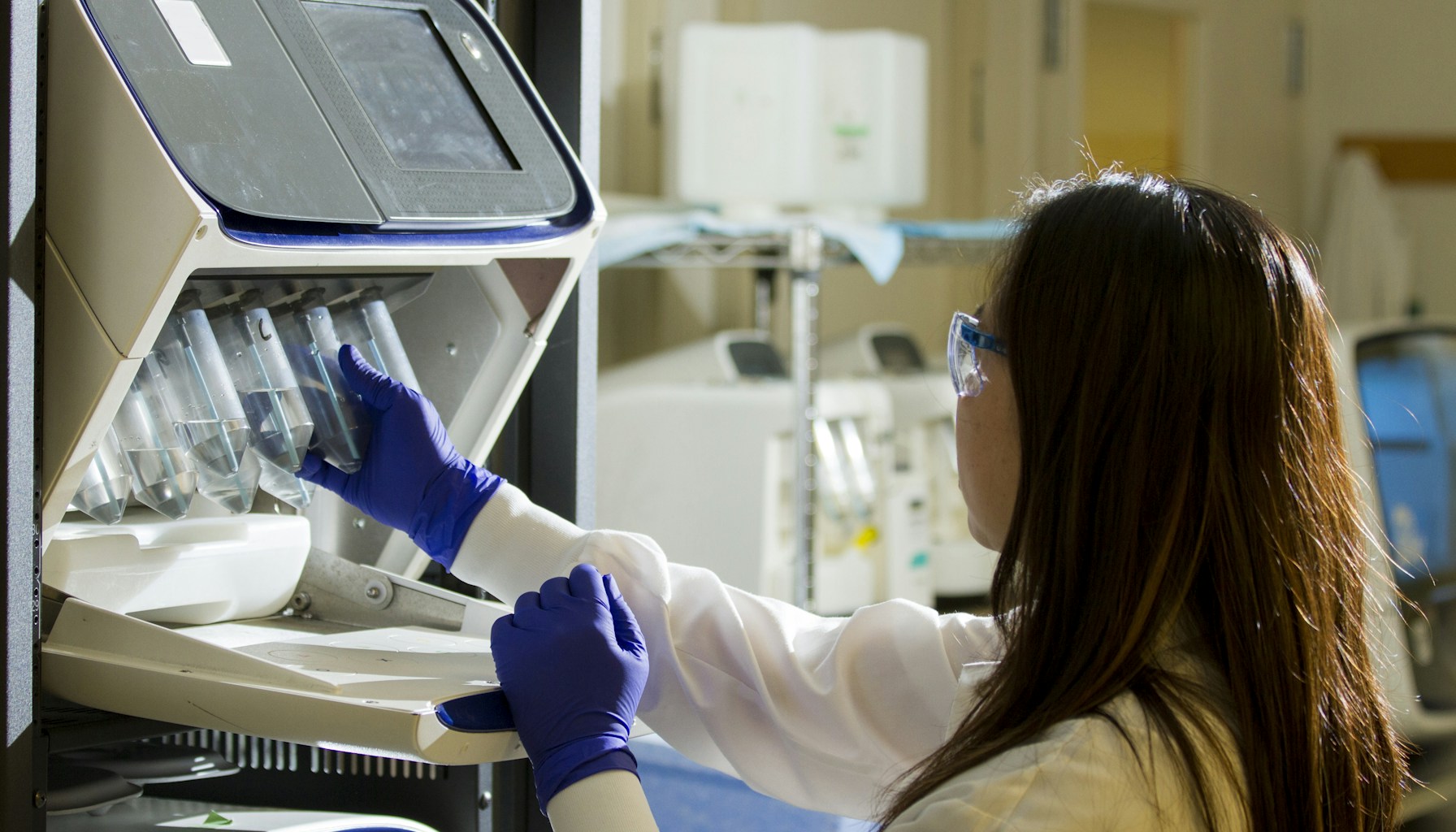AI-Powered Diagnostics: Transforming Healthcare with Precision and Speed
Published July 1st, 2025 · AI Education | AI in Healthcare

Imagine a world where doctors can diagnose diseases with the precision of a seasoned detective, but in a fraction of the time. That's the promise of AI-powered diagnostics in healthcare. These advanced systems are not just about speed; they're about accuracy and early detection, which can be life-saving. But how exactly do these AI models work, and why are they making waves now? Let's dive into the world of healthcare AI models and see how they're reshaping the medical landscape.
What is AI-Powered Diagnostics?
AI-powered diagnostics use machine learning algorithms to analyze medical data, such as images or genetic information, to identify diseases. While AI in healthcare isn't new, recent advancements in deep learning and data availability have significantly improved accuracy and reliability.
How It Works
Think of AI diagnostics like a seasoned chef who can taste a dish and instantly know the ingredients. These systems are trained on vast datasets to recognize patterns and anomalies. For example, AI can scan thousands of X-rays to detect early signs of lung cancer, often spotting what human eyes might miss.
Real-World Applications
AI diagnostics are revolutionizing radiology by identifying tumors in medical imaging. In pathology, they're analyzing tissue samples for cancerous cells. Genomics is another area, where AI predicts genetic disorders by examining DNA sequences. Each application enhances precision and reduces diagnostic time.
Benefits & Limitations
AI diagnostics offer speed and accuracy, reducing human error. However, they require large datasets and can be costly to implement. Ethical concerns, like bias in training data, must be addressed. They're not a one-size-fits-all solution and should complement, not replace, human expertise.
Latest Research & Trends
Recent studies highlight AI's potential in predicting disease outbreaks. Notable papers from MIT and Stanford have shown AI's ability to outperform traditional methods in diagnosing rare diseases. Companies like Google Health are pushing boundaries with AI models that learn from diverse datasets.
Visual
mermaid flowchart TD A[Medical Data]-->B[AI Model] B-->C[Diagnosis] C-->D[Treatment Plan]
Glossary
- AI Diagnostics: Use of AI to analyze medical data for disease detection.
- Machine Learning: Algorithms that learn from data to make predictions.
- Deep Learning: A subset of machine learning using neural networks.
- Radiology: Medical imaging to diagnose diseases.
- Pathology: Study of disease through examination of organs and tissues.
- Genomics: Study of genomes, the complete set of DNA in an organism.
- Bias: Systematic error introduced by an unfair dataset.
Citations
- https://openai.com/index/gpt-5-new-era-of-work
- https://www.nature.com/articles/s41591-019-0447-x
- https://www.ncbi.nlm.nih.gov/pmc/articles/PMC7004694/
- https://health.google/health-research/
- https://www.sciencedaily.com/releases/2023/05/230501123456.htm
Comments
Loading…